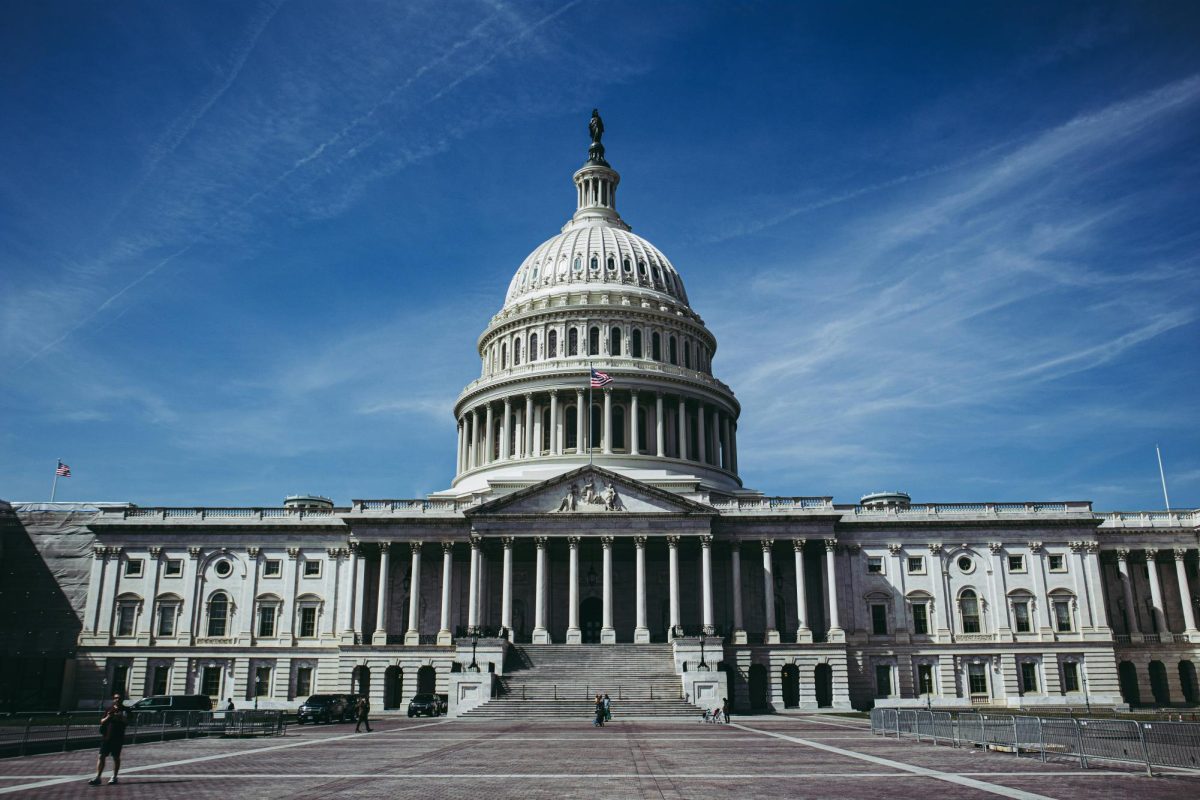Are Museums Still Relevant?
February 21, 2020
With 30,000 people lined up to see Leonardo Davinci’s 2′ 6″ x 1′ 9″ Mona Lisa every day, one has a better chance at seeing the famed portrait via the 304 billion Google search results it garners. The images that pop up show the original, remakes, and reimaginings of the iconic piece. With the ease with which one can view such important objects, one is left to wonder: In a world where information is as easy as a few taps away, are cultural hubs like museums still necessary?
Museums are meant to share items from the past with the public, whether it be science, art-related, or some other area of interest. Some museums serve as research and preservation centers for ancient items, and for researchers and historians, museums play a key role in their lives. But for the public, museums can feel outdated and boring.
This outdated notion doesn’t help when it is contrasted with the connected feeling of the internet. With most museums circulating and lending items amongst each other, it can become easy to miss a particular exhibit. Yet a phone can access said exhibit and much more information in a matter of seconds. There’s no need to travel to the Smithsonian’s Air and Space Museum to see the Spirit of St. Louis when a quick search can provide hundreds of websites dedicated to the same airplane and everything else related to the skies.
Since museums showcase art from past centuries from hundreds of countries with muddy histories, the acquisition of these pieces are often called into question. The British Museum is infamous for such scrutiny. For decades, Nigeria has been asking for the sculptures that were stolen from their country while under British imperial rule and placed on display millions of miles away. In 2018, the museum had responded that they were willing to loan those items as if they weren’t originally Nigerian culture in the first place. The validity of museum exhibits is constantly debated. Art theft and crime is not uncommon, with Interpol reporting over 91,000 cultural objects stolen in 2018, and the FBI calls art crime “a looming criminal enterprise with estimated losses in the billions of dollars annually.” Even the most notable of museums have been called out for their collection, like the Metropolitan Museum of Art.
Adding to the downfall of museums comes the decline in use. London’s museums drop millions in viewers every year, according to a release of statistics from the Department for Culture, Media and Sport; and living museums like Colonial Williamsburg add annually to a massive multi-million debt, as reported by The Federalist. The reason for this is primarily due to disinterest. According to the nationwide survey conducted by the National Endowment for the Arts in 2017, only 24% American adults visited a museum in that year.
Despite the obvious issues with museums and museum curating. It is important to take into account the fact that museums create a wonderful environment for learning and expanding one’s knowledge. Questioning its relevance has less to do with museums as a whole, and more on the reason as to why one is visiting. There is a reason as to why there are 30,000 people lining up for the Mona Lisa each day. Museums draw people in, and the experience of being at the exhibit is completely different from a phone screen. Hundreds of schools still visit museums daily, and museums bring in some of the biggest tourist draws to cities. Thousands of years of culture is always waiting to be explored and investigated by anyone willing to take a step. Perhaps the question isn’t whether museums as a whole are necessary but rather, whether a museum is necessary to you.












































